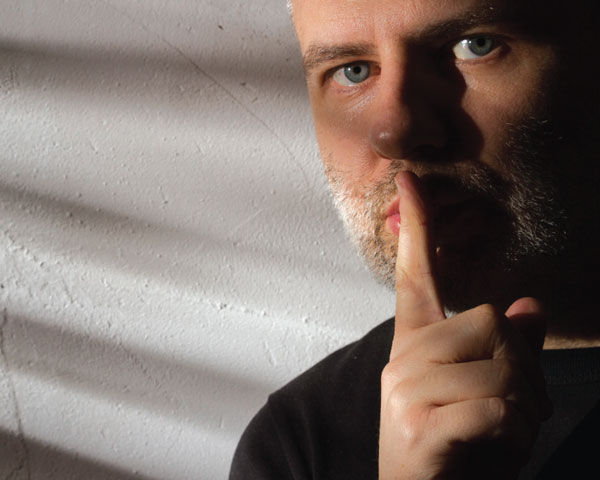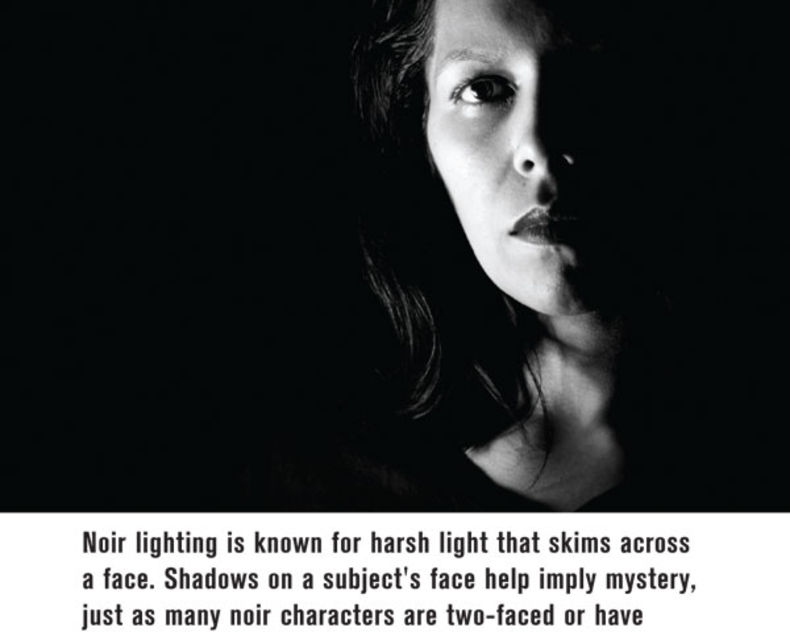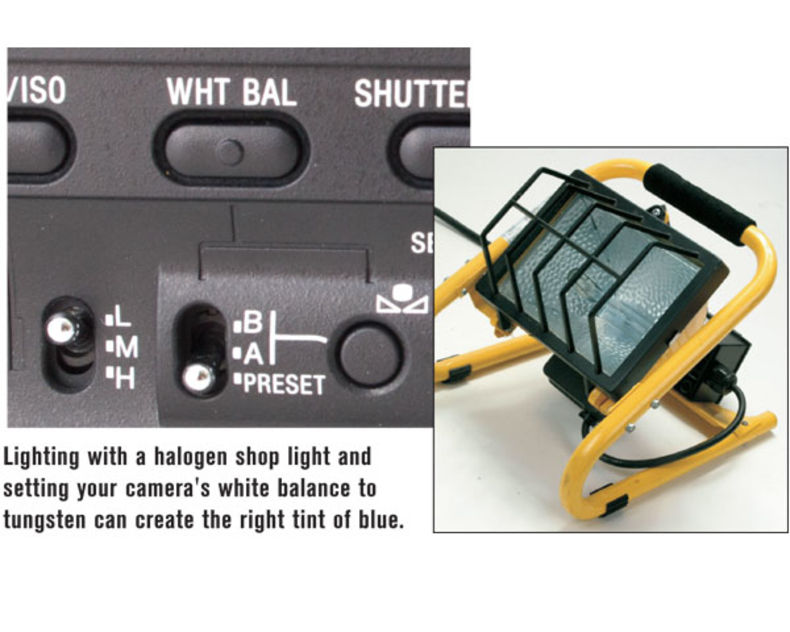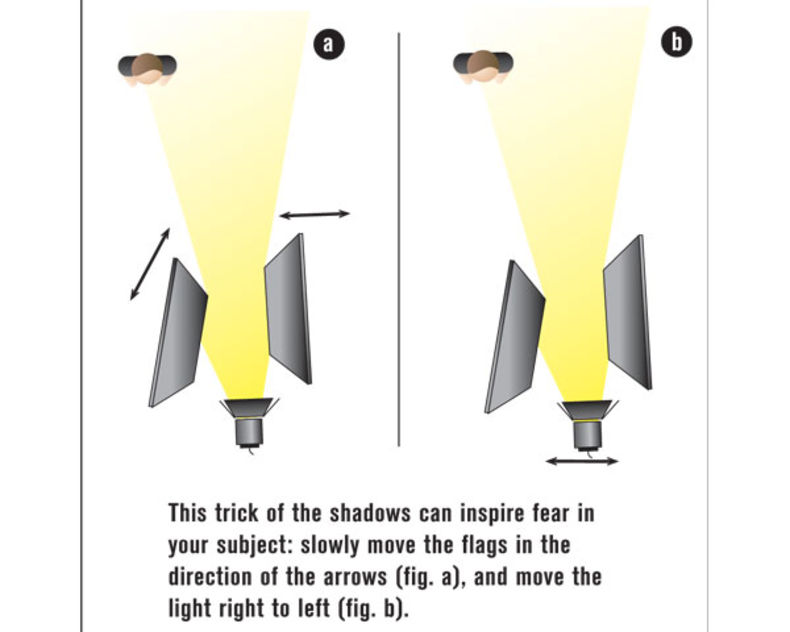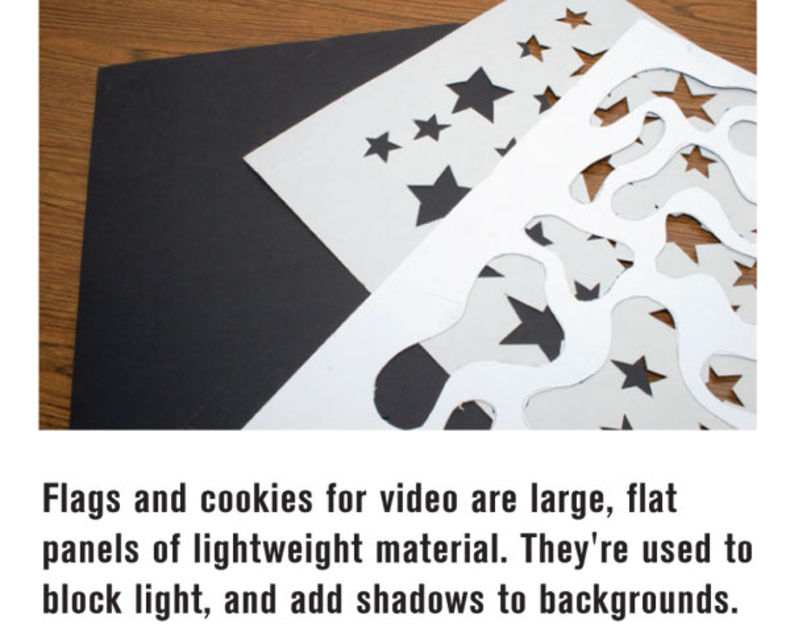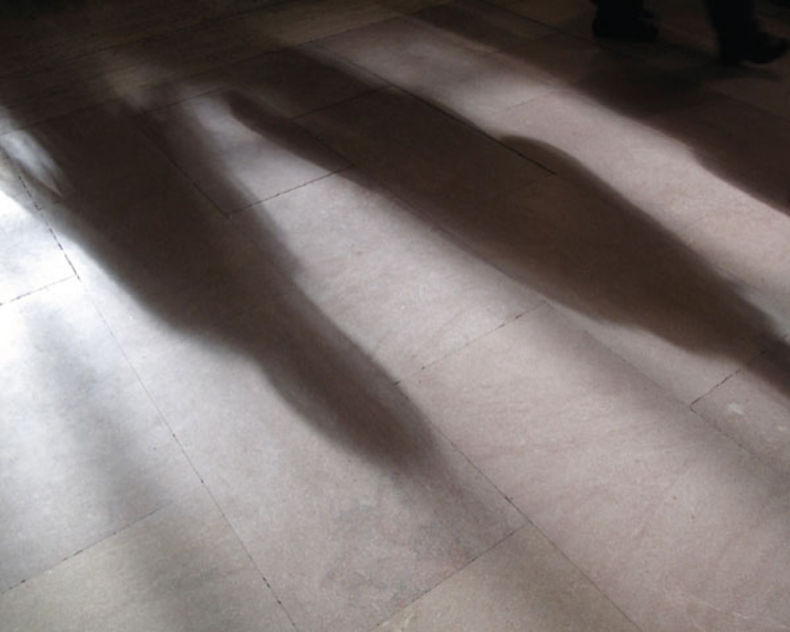Popular Posts
-
This below Matter to be typed and Signed on 10/- Rs Stamp Paper Fee Details: 5000/- with 1 year Validity for Banner Registra...
-
రాజిగ ఒరి రాజిగ.. రాజిగ ఓరి రాజిగ ఓరి అయిలపురం రాజిగ ఓరి ఓరుగల్లు రాజిగ పుడితొక్కటి సత్తెరెండు రాజిగ ఓరి రాజిగ ఎత్తుర తెలంగాణ జెండ రాజ...
-
ఈ మధ్య చాల మంది మిత్రులు నన్ను పదే పదే అడుగుతున్న ప్రశ్న! నేను ఫలానా గ్రూప్ లో చాల విషయలు పోస్టు చేశాను ఇప్పటి వరకు. ఆ పోస్టులు నా...
-
The completely self-sufficient floating city intended to provide shelter for future climate change refugees, is designed by architectural fi...








